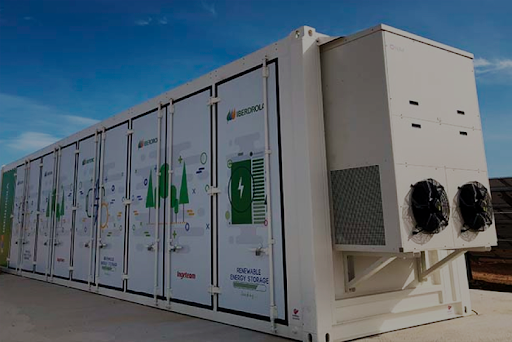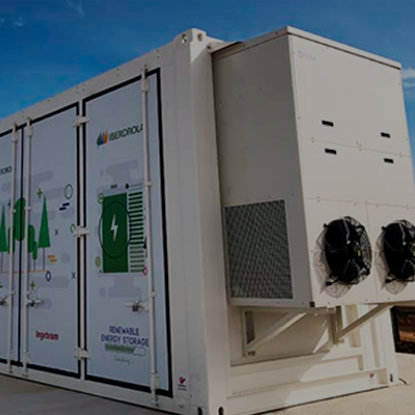ELECTRICAL SUBSTATIONS IN SPAIN
Electricity substations in Spain: what they are and why they’re key to the national electricity system
Electricity substations are essential for the efficient transmission and distribution of electricity. These facilities act as connection points to transfer electrical power from generating plants to end consumers. They ensure that electricity reaches homes, businesses and industries in a stable and safe manner.
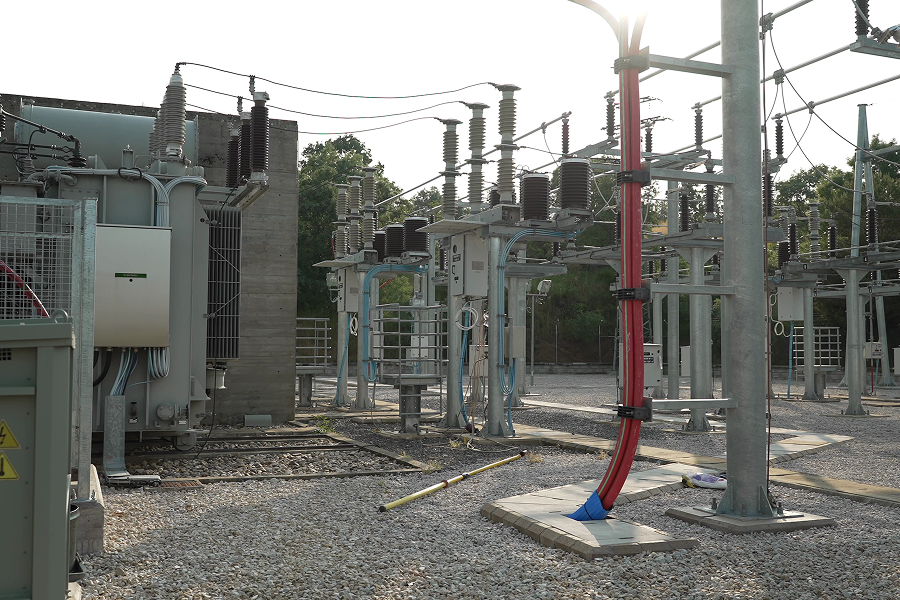
Cercedilla substation, Madrid
What are electrical substations?
Electrical substations are installations designed to establish the right voltage levels for producing, converting, regulating and distributing electrical power. They make changes in the voltage, frequency, number of phases or vector group to ensure electricity is transmitted correctly from power stations or power plants to the places where it is needed.
As vital elements along the electricity grid, their main functions are to control and manage electrical power efficiently, as well as to integrate renewable energies into the grid. Since the construction of the first electrical substation in 1882 in New York, their evolution has been key, especially with the introduction of power transformers in the 1930s, which allowed for more precise control and flexible distribution of electrical power.
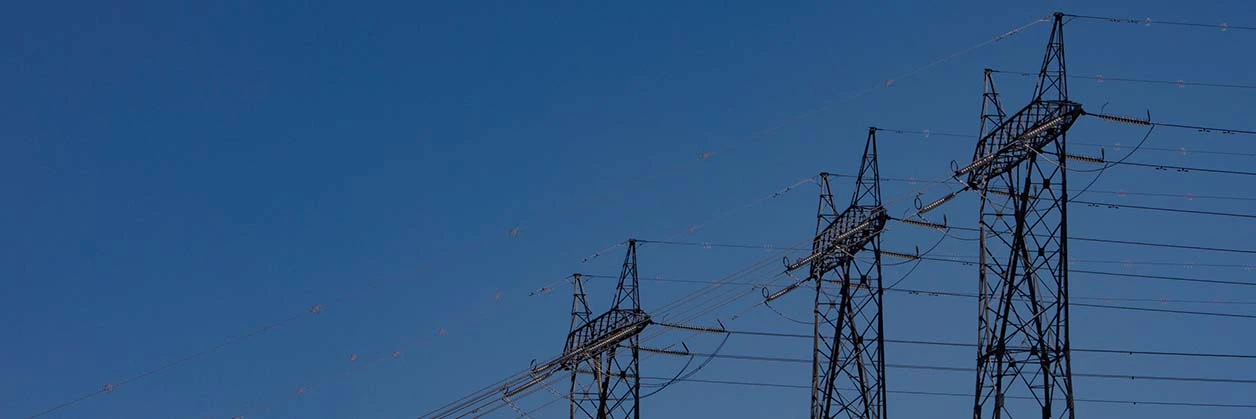
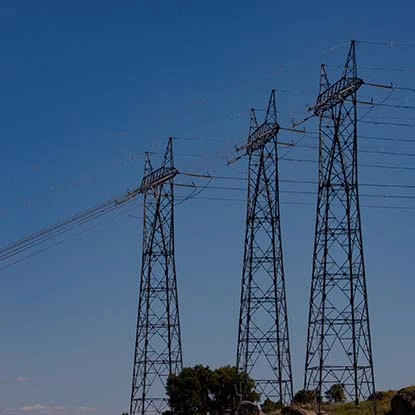
Electricity grids and energy transition
Types of electrical substations in Spain
There are different types of electrical substations, whose classification depends on different criteria, such as location or site:
- Indoor substations: These are concealed within buildings and are designed to blend discreetly into urban environments and reduce their visual impact.
- Outdoor substations: These substations are ideal for rural or peri-urban areas where there is enough space to build and no need for concealment.
- Offshore substations: Located at sea, the main purpose of these substations is to transfer electricity from offshore wind farms to onshore substations. They are characterised by their robustness and resistance to adverse weather conditions and vibrations caused by waves.
- Mobile substations: They can be moved from one location to another as required. They’re mainly used in emergency situations, such as natural disasters, or when new infrastructure is being built or when existing substations are being upgraded.
Parts of an electrical substation
Components of an electrical subestation
In addition to the main parts, electrical substations may be equipped with a variety of auxiliary components, such as emergency back-up generators, batteries and cooling systems. This equipment plays a crucial role by providing back-up power in black or brownouts and by ensuring the optimal operation of the main components.
How do electrical substations work?
Power substations play a crucial role in the energy infrastructure. These facilities receive the electrical power generated in power stations and power plants to raise the voltage of the electricity and ensure it is safely transported over long lines to urban areas and other consumption centres.
Once there, the voltage is reduced again for transfer over medium-voltage lines, which transmit the energy to transformer stations located close to the consumers, where it is adjusted to levels that are safe for household use.
Map of Iberdrola España's electricity substations
Nationwide presence in Spain
-
1
West
Substations 389
-
2
North
Substations 301
-
3
Centre
Substations 243
-
4
East
Substations 252
1 2 3 4 Total in Spain
Substations 1,158
*Data as of year-end 2023
Our innovation in electrical substations in Spain
The evolution of electrical substations responds to the need for greater capacity and efficiency in producing and distributing electrical power. The increase in demand has led to the expansion of facilities and the adoption of more advanced technologies, in addition to providing greater security and reliability in the supply of electricity.
Iberdrola España has more than 97,000 transformer stations and almost 1,200 substations to supply electricity to more than 11 million supply points around the country.
Iberdrola España electrical substations
Iberdrola España's electricity distribution company, i-DE, manages the company's electrical substations. Below we’ll describe several of them:

Herrera de Valdecañas electricity substation
The Herrera de Valdecañas substation in Palencia is committed to innovation: greater safety, improved supply and reduced visual impact. This facility helps maintain quality of supply levels for nearly 3,200 customers in the municipality of the same name, most of whom belong to the primary sector, particularly agricultural and livestock farms. It operates with a 45-kV (high-voltage) system and a 13-kV (medium-voltage) system.

Illarramendi electricity substation
This new substation, built in 20 months, aims to improve supply in the municipality of Andoain and the surrounding area, where it distributes electricity to 5,000 customers.

Senda de los Pastores electricity substation

Caparral electricity substation
The substation located in Atalaya de Cañavete, Cuenca makes possible the installation of an extensive network of high-power charging points for electric vehicles. With a 20 MVA transformer, it has the capacity to serve up to 120 fast charging points simultaneously.

El Serrallo electricity substation
El Serrallo electricity substation: This substation was created to meet the high growth in consumption demand expected in the El Serrallo industrial estate and for two large customers in particular there: bp and UBE. It has a 220 to 66 kV transformer with a power of 125 MVA.

Torrevieja electricity substation
Torrevieja electricity substation: This transformer station has doubled its capacity with an extension, now with two transformers totalling 100 MVA. It provides service to some 130,000 customers through more than 400 transformer stations and more than 1,000 kilometres of medium and low voltage lines.

Guardo electricity substation
Located in the town of the same name, the installation has been extended to improve the safety of operating and maintenance personnel and increase the quality of electricity supplied to the municipality and other towns in the Montaña Palentina region, a total of more than 7,300 customers.

Cedillo subestation
The power generated by the Cedillo PV plant is transferred through an indoor shielded substation that also supplies power to two additional PV installations in the municipality and to a hydroelectric power plant. It sits on only 300 m2 of land, in contrast to the 10,000 m2 typically required for this type of outdoor installation.

Madrid subestation
One of our projects under construction is an underground substation in the centre of Madrid, taking advantage of the urban redevelopment project at the Plaza de España. This new substation, in the heart of the city, will be key to the electrification of transport and air conditioning in the region.
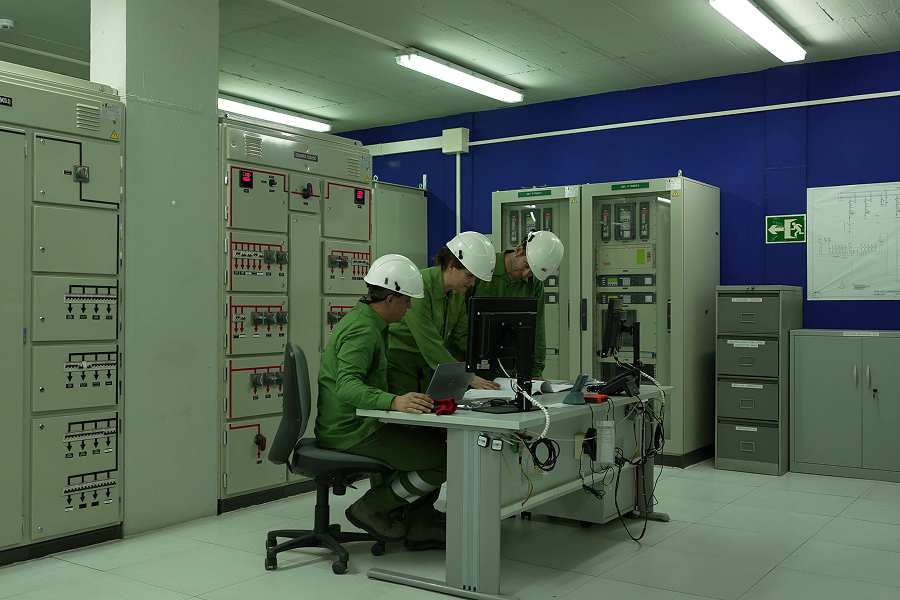
i-DE workers at the electrical substation of Las Cinco Torres in Madrid
Related information


